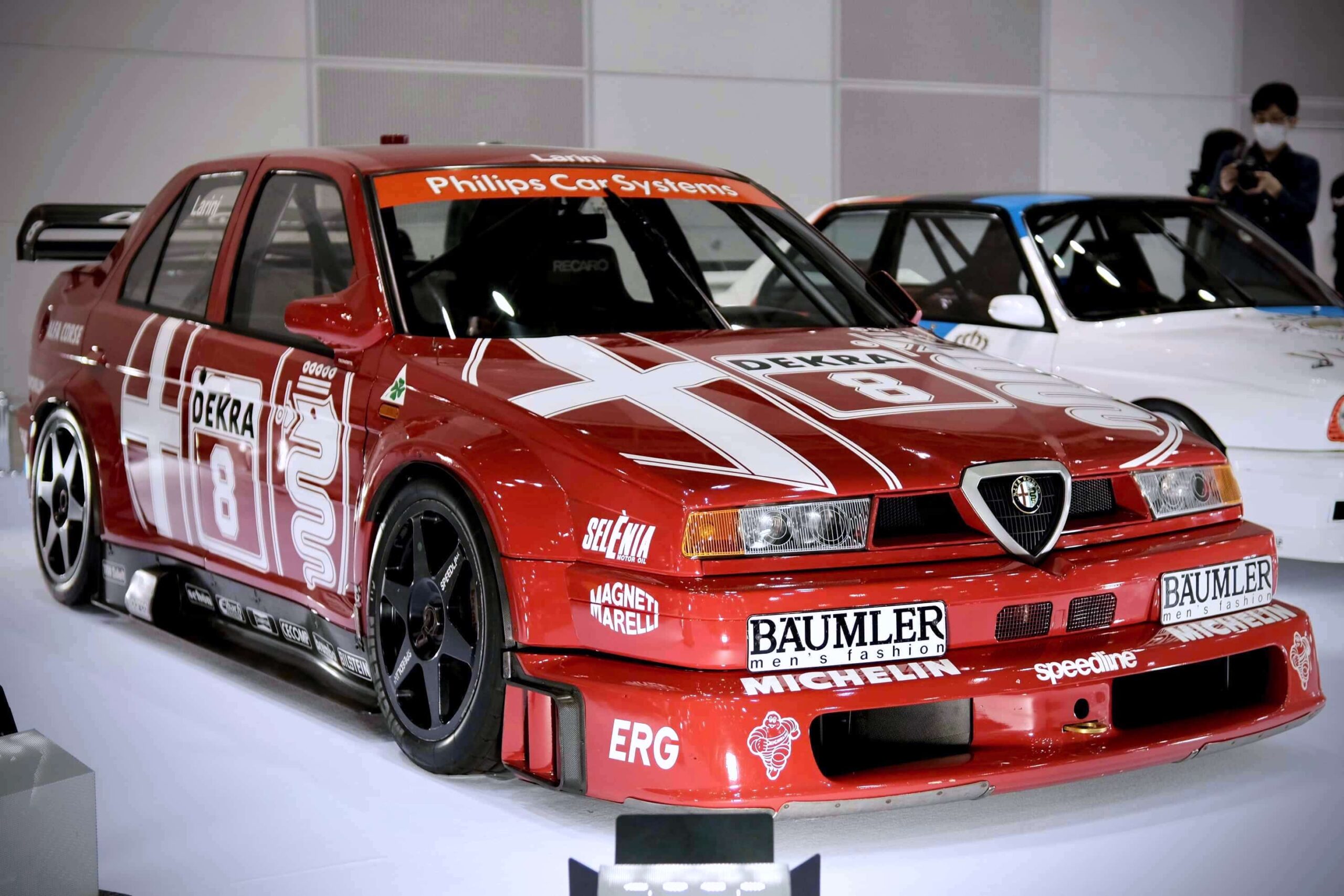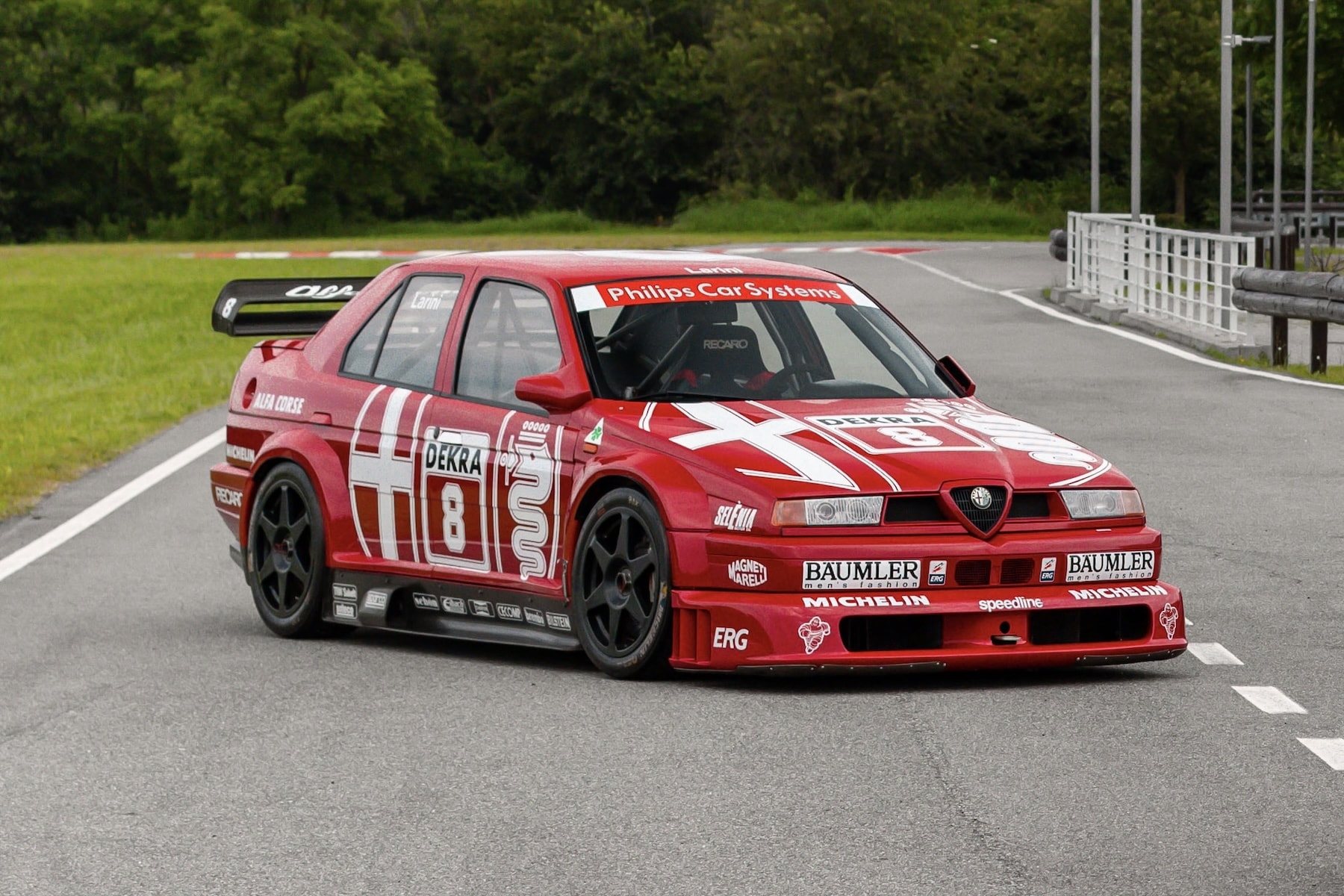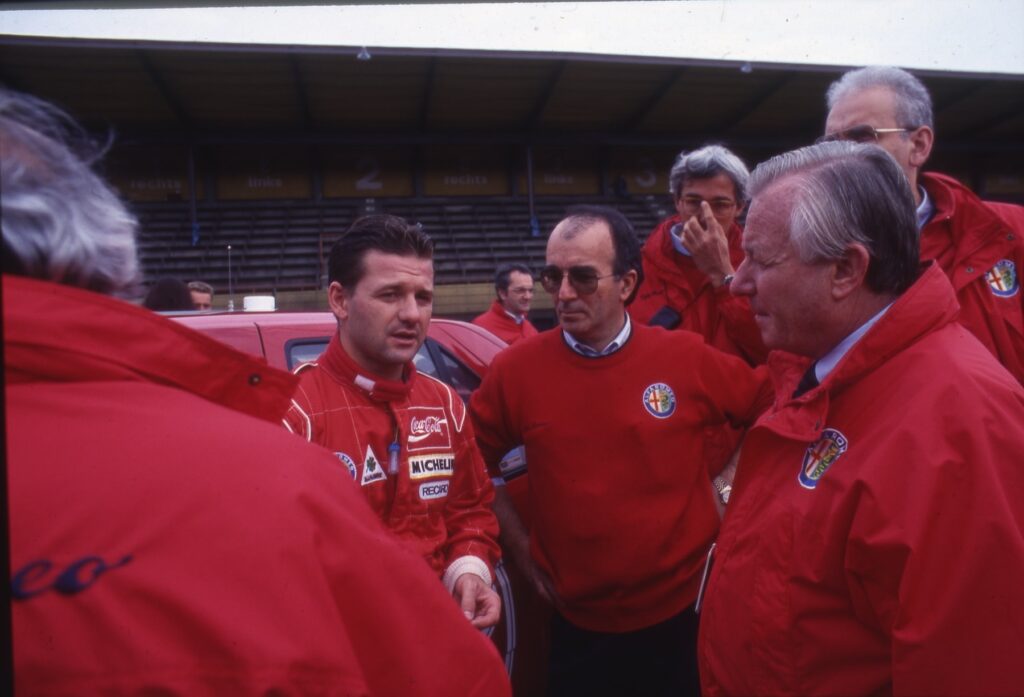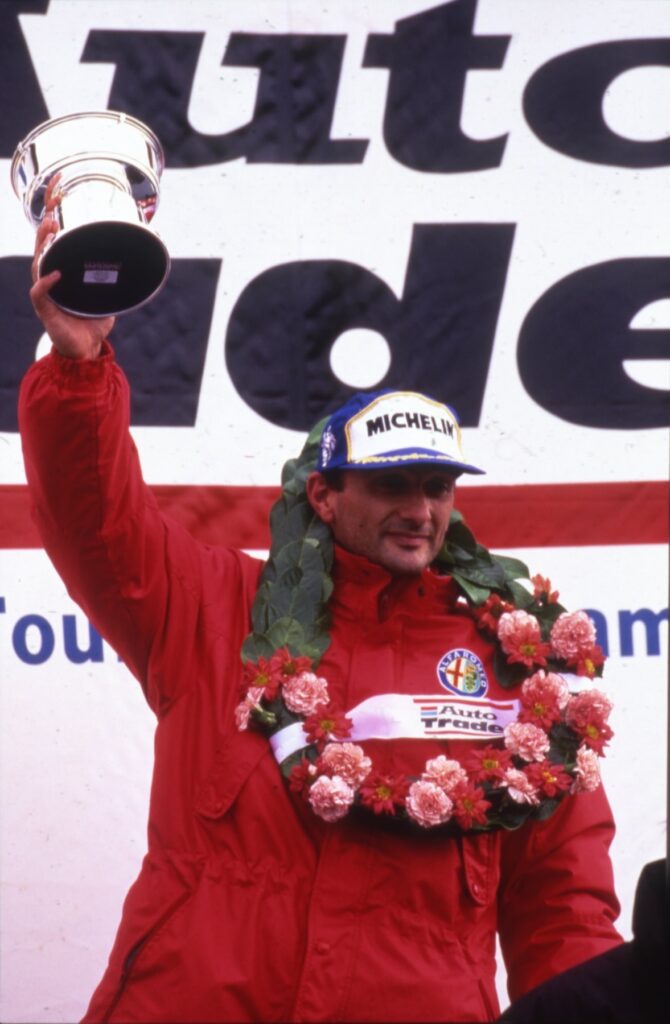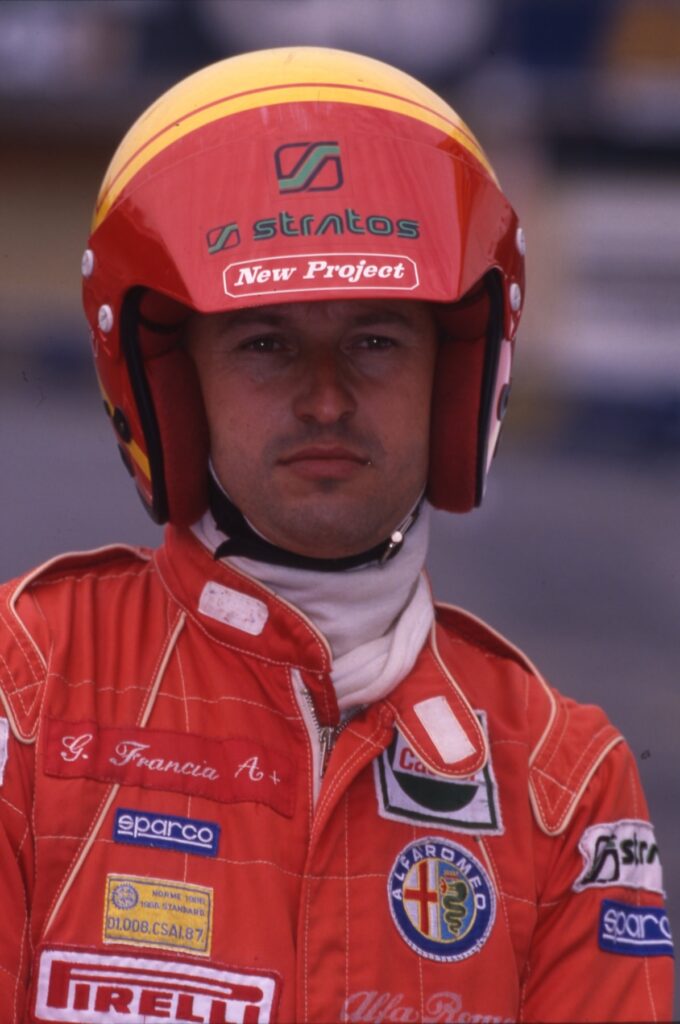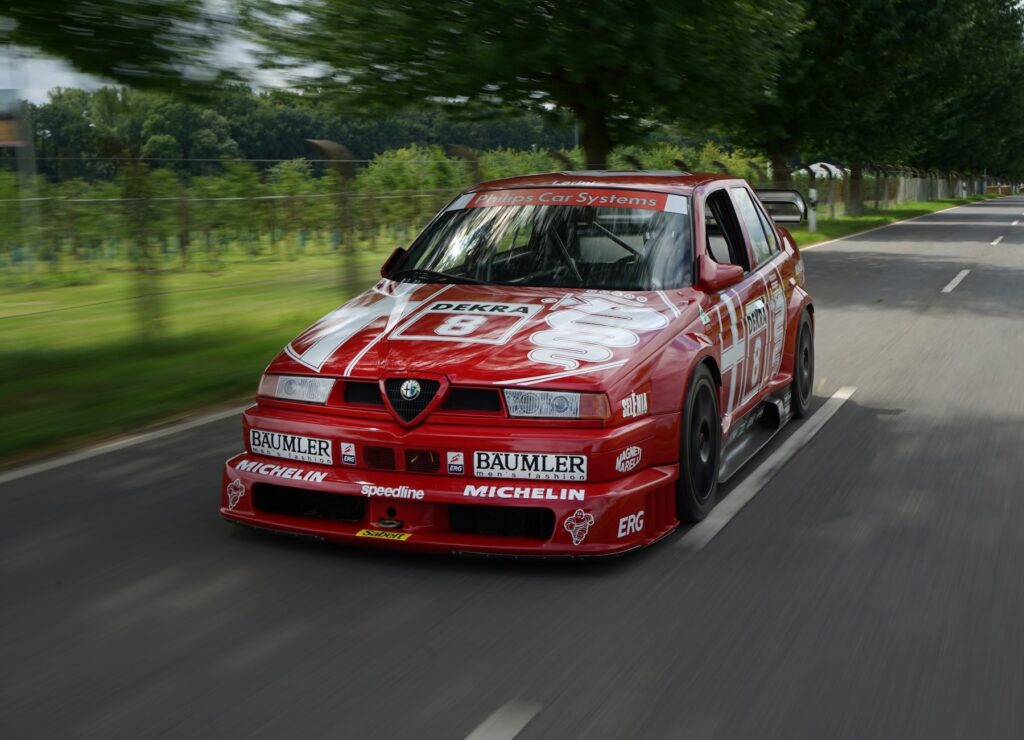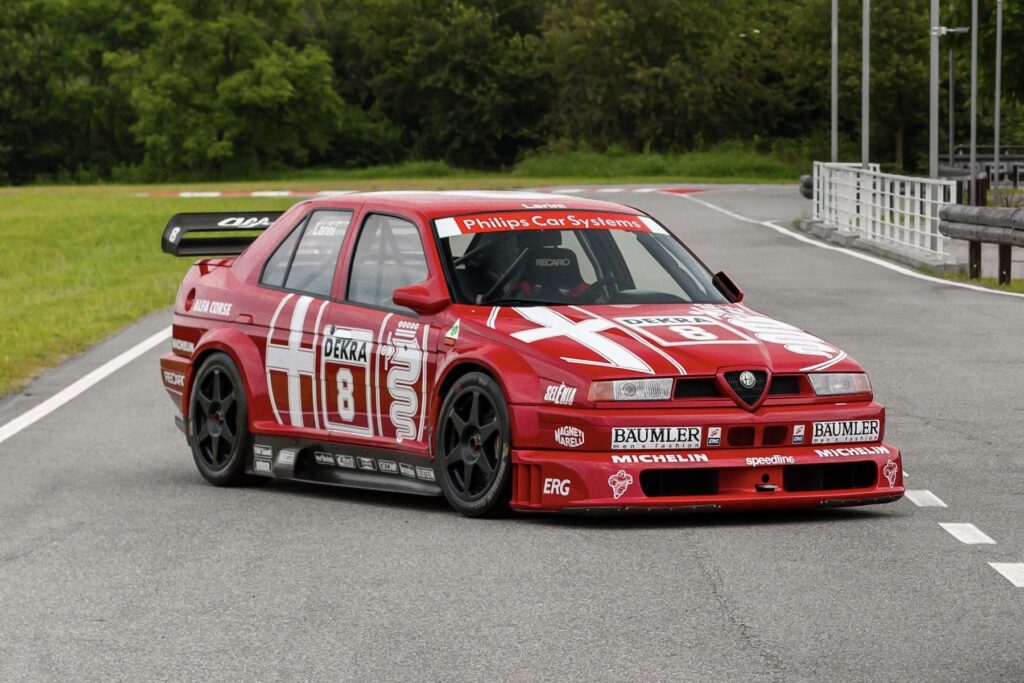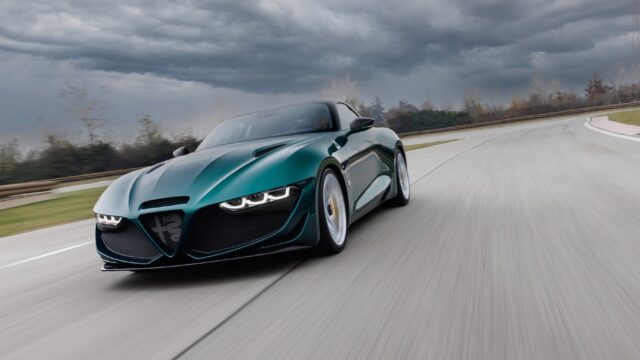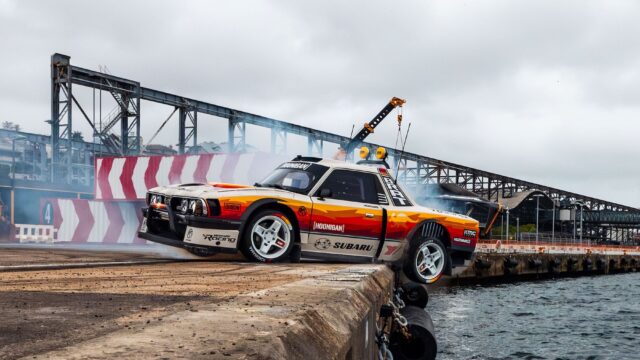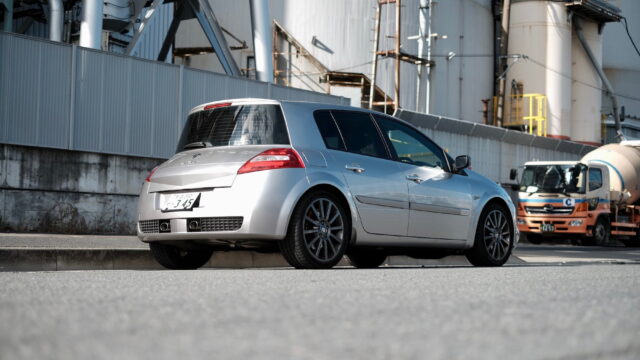In the early ’90s, when DTM (Deutsche Tourenwagen Meisterschaft) represented the pinnacle of touring car racing, few could predict that a bright red challenger from Italy would storm the German-dominated series. That car was the Alfa Romeo 155 V6 TI, developed by Alfa Corse with full technical backing from Abarth. What followed was one of the most iconic campaigns in motorsport history.
From GTA to Glory: The Evolution of a Race Machine
The journey began in 1992, with the 155 GTA, a car that dominated the Italian CIVT championship using a 2.0L turbocharged engine and full-time 4WD derived from the Lancia Delta HF Integrale. It won 17 out of 20 races that year, setting the stage for Alfa’s leap into the international scene.
With the introduction of the new “Class 1” regulations in 1993, Alfa developed the 155 V6 TI to compete in DTM. It featured a highly specialized 2.5L naturally aspirated V6 engine (93mm bore, 61.3mm stroke), producing 420 bhp at an astonishing 11,500 rpm. Combined with a rear-biased full-time 4WD system (33/67 torque split), and weighing just 1100kg, the 155 V6 TI was as nimble as it was ferocious.
Its aerodynamics were developed with extreme attention to detail. The car wore massively flared fenders, a functional rear diffuser, and a wide front air dam for optimal cooling and downforce. Underneath, a full roll cage stiffened the chassis, while the bonnet and fenders opened clamshell-style for easy access—pure motorsport design.
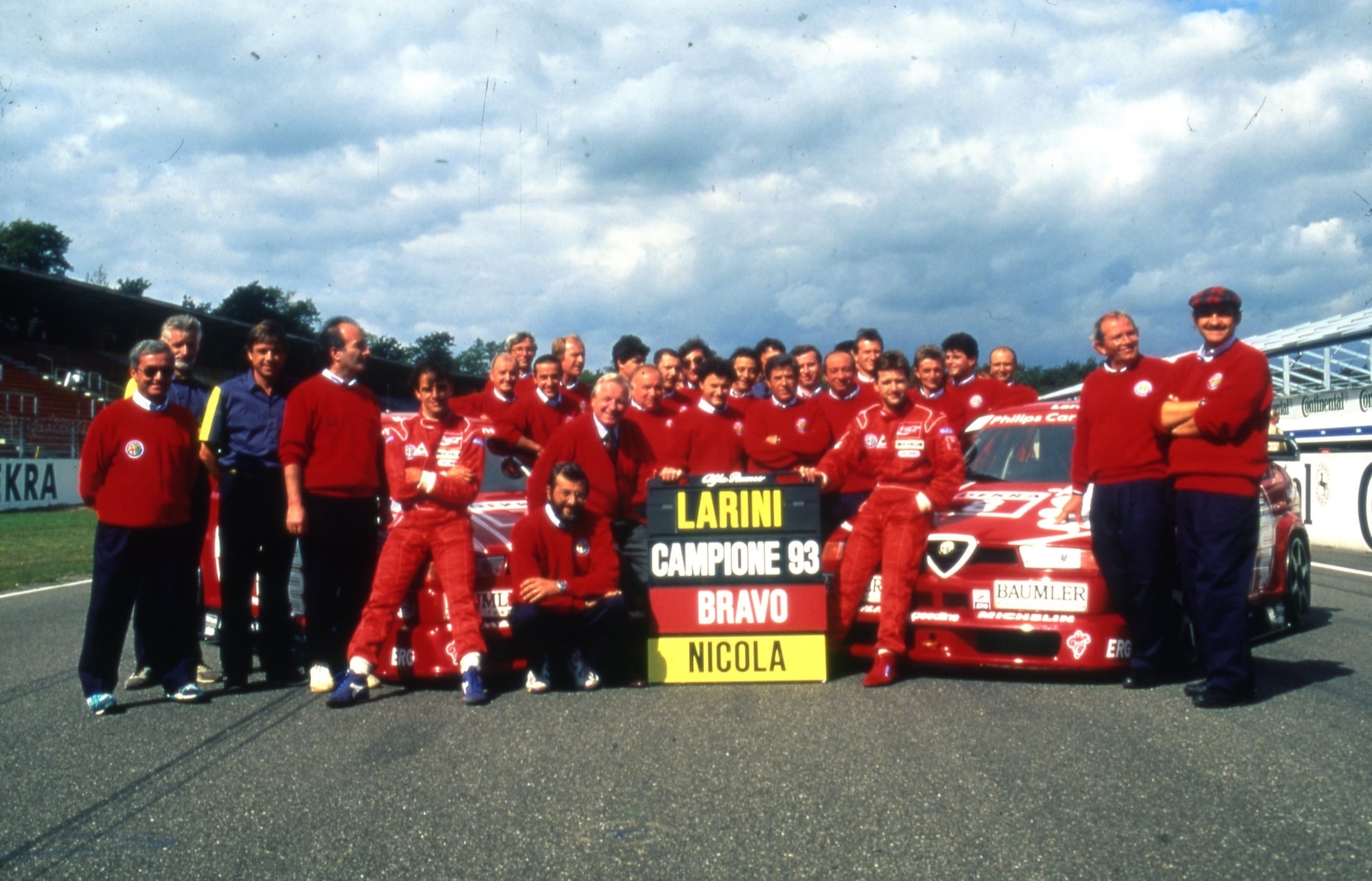
A Perfect Storm: 1993
From its debut at Zolder, the 155 V6 TI proved dominant. Nicola Larini, Alessandro Nannini, and Christian Danner formed a formidable driver lineup. Larini went on to win 10 races, taking the Driver’s Championship. Alfa Romeo clinched the Manufacturer’s title with 12 wins out of 20 races—an unheard-of feat for a debutant in Germany’s toughest series.

Evolution Through Adversity: 1994–1996
In 1994, Alfa made critical upgrades: a lighter engine, improved aerodynamics, ABS, and new gearbox designs. While it won 11 races, Alfa narrowly lost the championship to Mercedes. The 1995 season brought further innovation—semi-automatic transmissions, active differentials, double-wishbone rear suspension—but results started to dip.
1996 saw the ultimate evolution. A new 90° V6 engine lowered the center of gravity, while radical aero like movable radiator shutters and full ground-effect floors pushed the car to its limits. Despite winning more races than any other team (10 victories), the series collapsed under financial strain, and both ITC and the 155 V6 TI exited the world stage.
A Legacy Forged in Red
Although it never wore the Abarth badge, the Alfa Romeo 155 V6 TI was every inch an Abarth machine—engineered with the precision, aggression, and tenacity that defined Italy’s motorsport heritage. It wasn’t just a car; it was a statement. A mechanical embodiment of Alfa Romeo’s rebirth through speed, sound, and soul.
Even today, when the 155 V6 TI roars up the hill at Goodwood, it reminds us of a time when Italy dared to challenge Germany on its own turf—and won.
’93 Alfa Romeo 155 V6 TI at Automobile Council 2022
